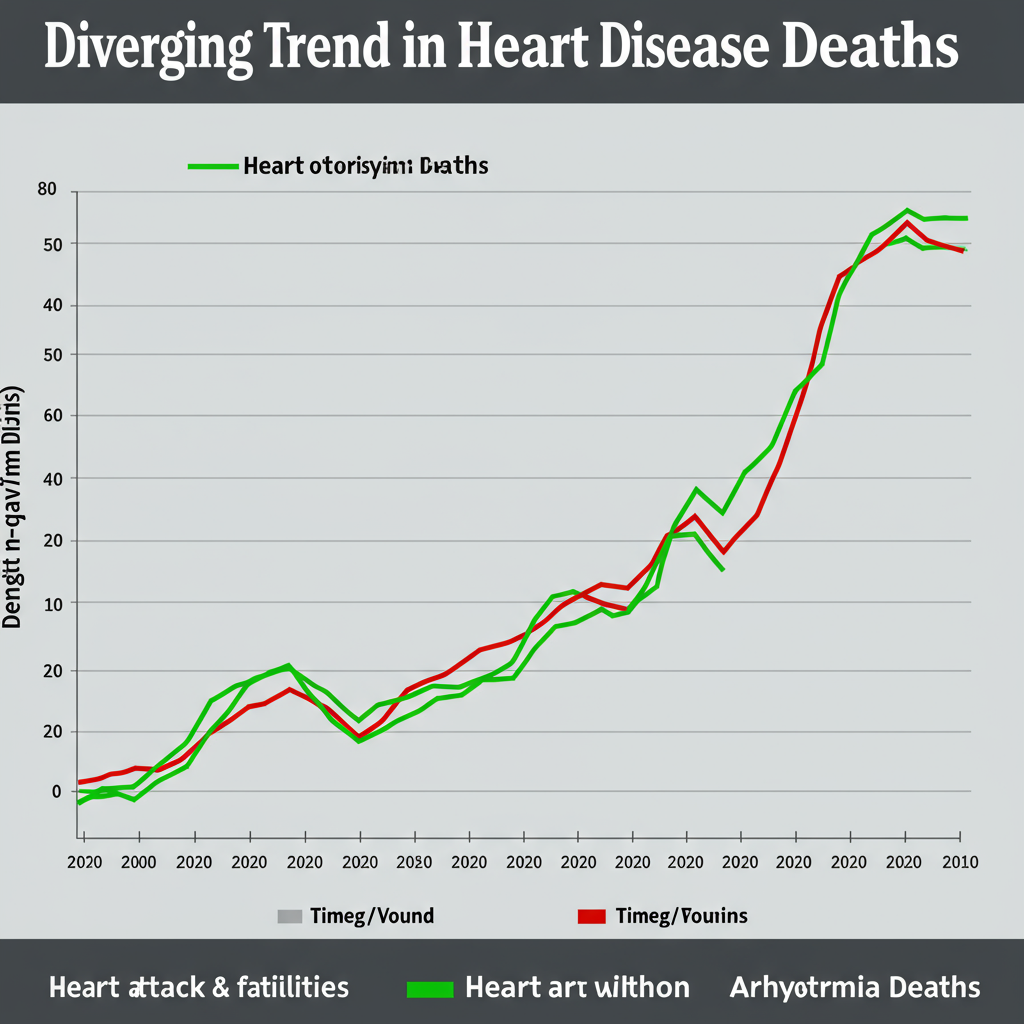A controversial israeli proposal seeks to consolidate the entire Palestinian population of Gaza into a single, controlled compound built on the devastated landscape of Rafah. This scheme has drawn immediate and severe criticism from international legal authorities and academic experts, who label it a potential “blueprint for crimes against humanity” and a plan for “ethnic cleansing.”
Israel’s defense minister, Israel Katz, reportedly instructed the military to prepare for establishing this designated area. He described it publicly as a “humanitarian city.” However, details shared at a briefing for Israeli journalists, and reported by Haaretz newspaper, painted a starkly different picture of confinement and control.
Palestinians entering the proposed site would first undergo a “security screening.” Crucially, once inside, they would face severe restrictions. They would not be allowed to leave the perimeter, which would remain under tight Israeli military control. Initially, the plan aims to relocate approximately 600,000 Palestinians into this zone, primarily those already displaced and sheltering in the crowded coastal area of al-Mawasi.
However, the ultimate objective, according to Katz, is to eventually house Gaza’s entire population within this confined space. He was quoted as stating Israel intends to implement an “emigration plan,” suggesting this concentration is a precursor to potential displacement outside the territory. This echoes earlier calls from some Israeli politicians, including Prime Minister Benjamin Netanyahu, for Palestinians to leave Gaza, sometimes framed as a “voluntary” or US-backed project.
Legal experts unequivocally condemn the defense minister’s proposal. Michael Sfard, a prominent human rights lawyer in Israel, stated the plan constitutes a direct violation of international law. He described it specifically as an “operational plan for a crime against humanity.” Sfard emphasized that the scheme is fundamentally about transferring the population to the southern tip of Gaza to facilitate subsequent deportation from the strip. While Israeli officials might use terms like “voluntary,” the lawyer argued that the severe coercive conditions imposed on people in Gaza mean any departure cannot be considered legally consensual. Driving people from their homeland is a war crime during conflict, he explained, but undertaking it on the massive scale envisioned by Katz elevates it to a crime against humanity.
Adding historical context, Professor Amos Goldberg, a Holocaust historian at the Hebrew University of Jerusalem, also strongly criticized the plan. Goldberg views Katz’s proposal as clear evidence of plans for the “ethnic cleansing of Gaza.” He characterized the planned site not as a city, humanitarian or otherwise, but effectively as “a concentration camp or a transit camp” intended to hold Palestinians before their expulsion. Goldberg pointed out the vast difference between a true city, which offers opportunities for work, education, healthcare, movement, and social connection, and the proposed isolated, controlled compound. He stressed it would be “not a livable place,” comparing it unfavorably to the current, inadequate “safe areas” in Gaza.
The timing of Defense Minister Katz’s announcement is significant. It occurred shortly before Prime Minister Netanyahu’s arrival in Washington DC for critical meetings with Donald Trump. These discussions were expected to involve heavy pressure on Israel to agree to a ceasefire or at least a pause in the 21-month-long conflict. Katz suggested that work on the controversial “humanitarian city” could potentially begin even during a ceasefire period. Netanyahu is reportedly leading efforts to find countries willing to “take in” Palestinians from Gaza. This reinforces concerns that the plan is tied to potential outward displacement.
The proposed scheme also appears to directly contradict statements made just hours earlier by the office of Israel’s military chief of staff, Eyal Zamir. In a letter responding to a petition filed by Israeli reservists concerned about the military’s orders regarding population movement and deportation, Zamir’s office stated that displacing Palestinians or concentrating the population in one area were not official objectives of the ongoing operation. It claimed that any internal displacement was solely for the protection of civilians. Professor Goldberg highlighted that Katz’s explicit plan for a permanent, controlled concentration facility for the entire population fundamentally challenges this assertion, suggesting a significant disconnect or conflicting objectives within the Israeli government and military leadership.
Reports have indicated that similar concepts for housing Palestinians in “humanitarian transit areas,” possibly inside and outside Gaza, had previously been presented to the Trump administration and discussed at the White House. A Reuters report mentioned a $2 billion plan linked to the US-backed Gaza Humanitarian Foundation (GHF), although GHF subsequently denied submitting the specific document described.
The concerns about Israel’s plans for population displacement are not new. They were previously raised regarding military orders issued during operations earlier in the spring. The legal petition filed by three Israeli reservists, represented by Michael Sfard, specifically demanded the military revoke commands related to “mobilise and concentrate” Gaza’s civilian population and prohibit deportation plans. The military chief of staff’s letter was a response to this legal challenge.
The current humanitarian situation in Gaza provides a grim backdrop to this proposal. The Israeli offensive has resulted in widespread destruction, displacement of nearly the entire population, and a severe crisis, with warnings of famine affecting much of the 2.3 million residents. Civilian casualties have been extensive. Reports from early July indicate dozens killed daily in Israeli strikes across the territory, including in areas previously designated as safe zones for displaced people, like al-Mawasi. Aid delivery remains challenging and controversial, with incidents of deadly fire near distribution sites and debates over who should control aid access, particularly regarding entities like the GHF.
Experts like Professor Goldberg raise critical practical and ethical questions about implementing such a plan. He questioned what would happen to Palestinians who might refuse to follow orders to relocate into the new compound. He also pondered the potential for resistance, noting that Palestinians in Gaza are “not completely helpless.”
The plan for a confined, controlled camp in Rafah, coupled with mentions of future emigration, has intensified fears among Palestinians and drawn strong condemnation internationally. Legal and historical experts view it not as a solution to the humanitarian crisis but as a severe violation of international law and a step towards further displacement and potential ethnic cleansing. The conflicting statements from Israeli officials regarding the nature and purpose of population movements in Gaza further fuel these concerns and highlight the deep controversy surrounding the future of the Strip’s residents. The proposal for a potentially permanent internment facility stands in stark contrast to the urgent need for humanitarian relief, safety, and a viable path forward for Gaza’s population.
Frequently Asked Questions
What is the proposed Israeli plan for Gaza’s population?
Israel’s defense minister, Israel Katz, proposed consolidating the entire Palestinian population of Gaza into a single, controlled camp on the ruins of Rafah. Described officially as a “humanitarian city,” reports indicate it would involve security screening upon entry, prohibition of leaving the site, military control of the perimeter, and a phased transfer starting with those displaced in al-Mawasi, eventually housing all residents. The plan is linked to potential future “emigration.”
Where is this proposed camp located, and how does it relate to current displacement?
The proposed facility would be built on the devastated remains of the city of Rafah in southern Gaza. This area is adjacent to or overlaps with al-Mawasi, a coastal zone where hundreds of thousands of Palestinians have already been displaced and concentrated in crowded, difficult conditions due to the ongoing conflict. Experts argue the proposed “city” would be similar to or worse than current unlivable “safe areas,” further confining an already displaced population.
Why do experts call the plan a “crime against humanity” or “ethnic cleansing”?
Legal experts like Michael Sfard argue the plan violates international law, specifically prohibiting forced population transfer. Given the coercive conditions in Gaza, any movement into a controlled camp followed by pressure to leave the territory would not be voluntary. Undertaking such forced displacement on a massive scale qualifies as a crime against humanity. Historians like Amos Goldberg view it as clear plans for the “ethnic cleansing of Gaza,” creating what is functionally a concentration or transit camp rather than a livable city.



